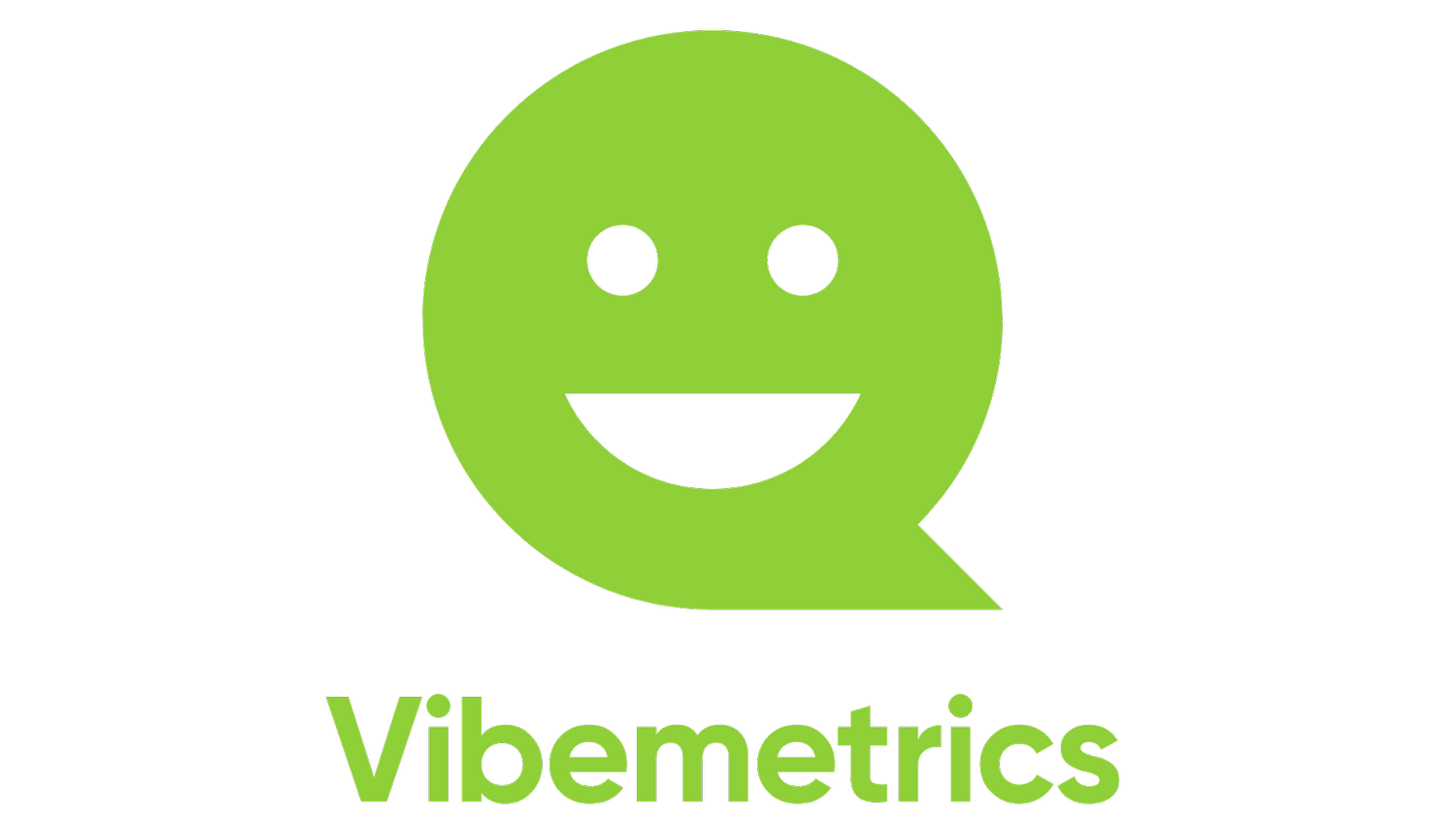How should traction surveys be carried out?
In our previous blog we wrote about the benefits of traction surveys. Today we continue on this topic and consider how to implement them.
At Vibemetrics, we recommend that the retention survey be conducted as a separate survey from the staff survey. This is because staff surveys usually cover a wide range of topics, such as well-being, leadership and atmosphere. We are used to staff surveys being of a general nature and we also respond to them with a certain level of generality.
When people are asked a few questions specifically about workplace retention factors, that's where they focus their thinking. What are the real assets of this workplace? Why don't I look for other jobs? What makes me stay here? By asking a short, specific question, you can get people to focus on one thing and the quality of their answers will improve dramatically. Short, precise questionnaires are also a good way of dealing with time constraints and the challenge many of us face in staying focused over the long term.
"But we can't keep asking people for things all the time!"
In fact, yes, it is perfectly fine for employers to ask employees briefly about something, even every month. It would even make sense to monitor staff feelings on a regular basis, so that contact is maintained and issues can be addressed quickly.
The fear of being asked often stems from a previous negative experience with surveys. Long, laborious surveys with delayed results and perceived lack of usefulness have eroded the reputation of surveys. However, this does not mean that surveys themselves are bad. On the contrary, surveys are a very effective way of creating a shared snapshot of what people think: what works and what should be improved.
Ask all AND target groups
The retention survey can be carried out either for all staff or targeted at a specific group. Often a combination of these works best. For example, an annual retention survey can be sent to the whole organisation, giving an overall picture of the retention and performance of different parts of the organisation and job descriptions.
In addition, surveys can be targeted at groups where slots have been observed or where it is particularly important to keep them in the house. (How do you know where slots occur? You can read more about this here, here and here.)
Do not confuse the grip strength test with the pulse
We do not recommend that the grip strength questionnaire be carried out as part of the pulse questionnaire. Pulse surveys are primarily a tool for the work community - i.e. teams and units - to take stock of what is working and what needs to be improved. Most organisations are still learning this practice. The mindset of the past, where surveys (including pulse surveys) were seen as a tool for HR, still haunts us and should not be reinforced.
The results of the retention survey are not usually the kind of results that are discussed at team level for improvement measures. They highlight issues that are beyond the direct control of teams, and may also touch on sensitive topics that require diplomatic handling. If respondents feel that the results are discussed within the team and then used as a basis for rigorous action, many important issues are left unsaid. Pulse surveys should be retained as a tool for teams and frontline staff to improve day-to-day practices and morale, while retention surveys are suitable for developing employee experience and employer brand.
Require a lot of analysis
Focus your attention on the essentials when analysing the responses. Automated and AI-assisted analysis allows you to know all the important things without overload. With today's technology, analysis will only highlight relevant results, for example:
"The most common work factor for workers aged 35-45 is strict teleworking practices. This is particularly pronounced in organisational groups X and Y. Recommendation for action: consider whether teleworking practices could be made more flexible in these groups."
"83% of nurses cite a present and fair chaperone as an important retention factor. Recommendation for action: ensure that chaperones maintain a strong connection with their subordinates despite the busyness of everyday life."
Retention surveys as part of modern HR management
Retention surveys are a modern and effective tool for HR management. They help to strategically target measures in the right places and increase their effectiveness.


